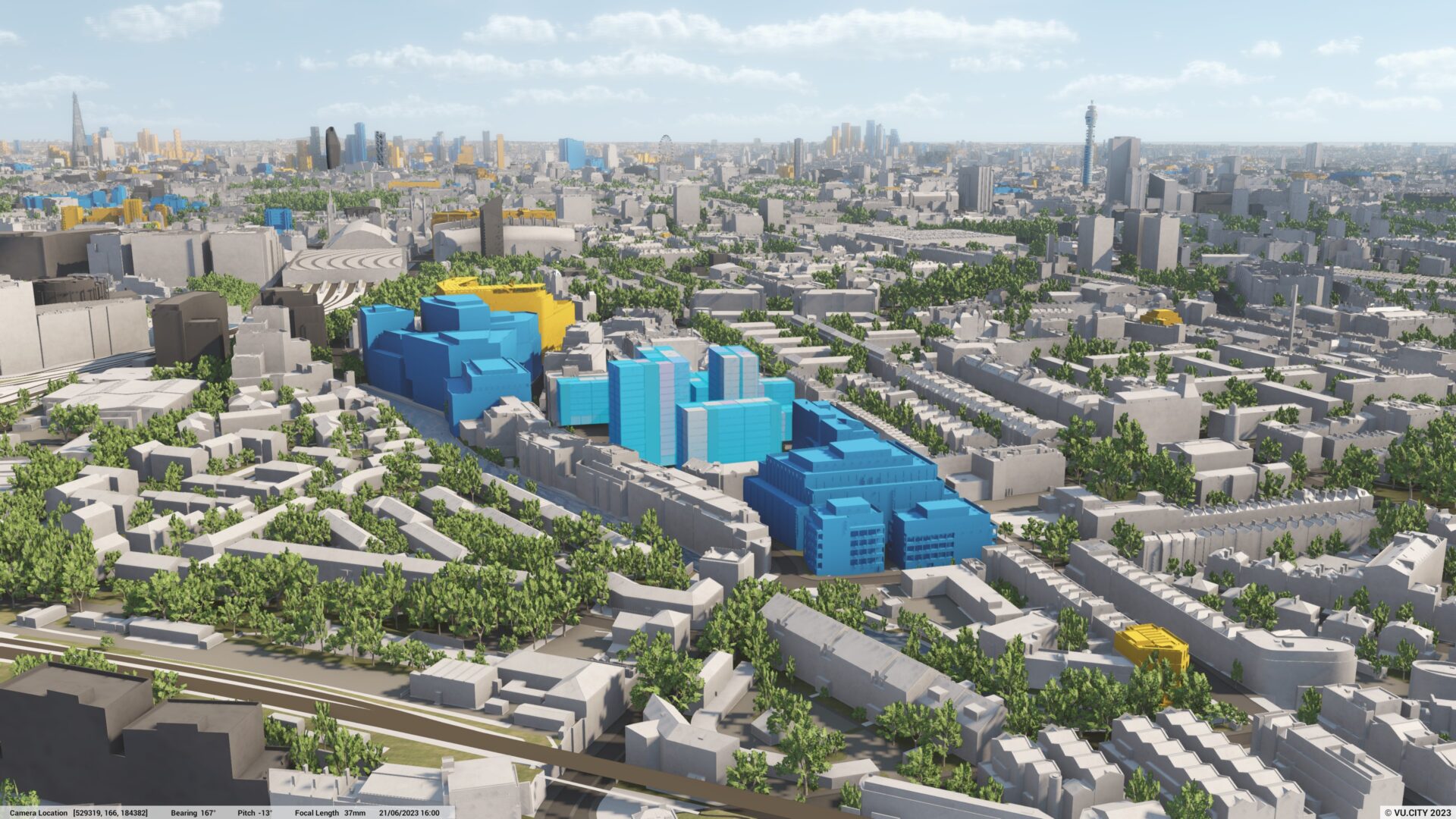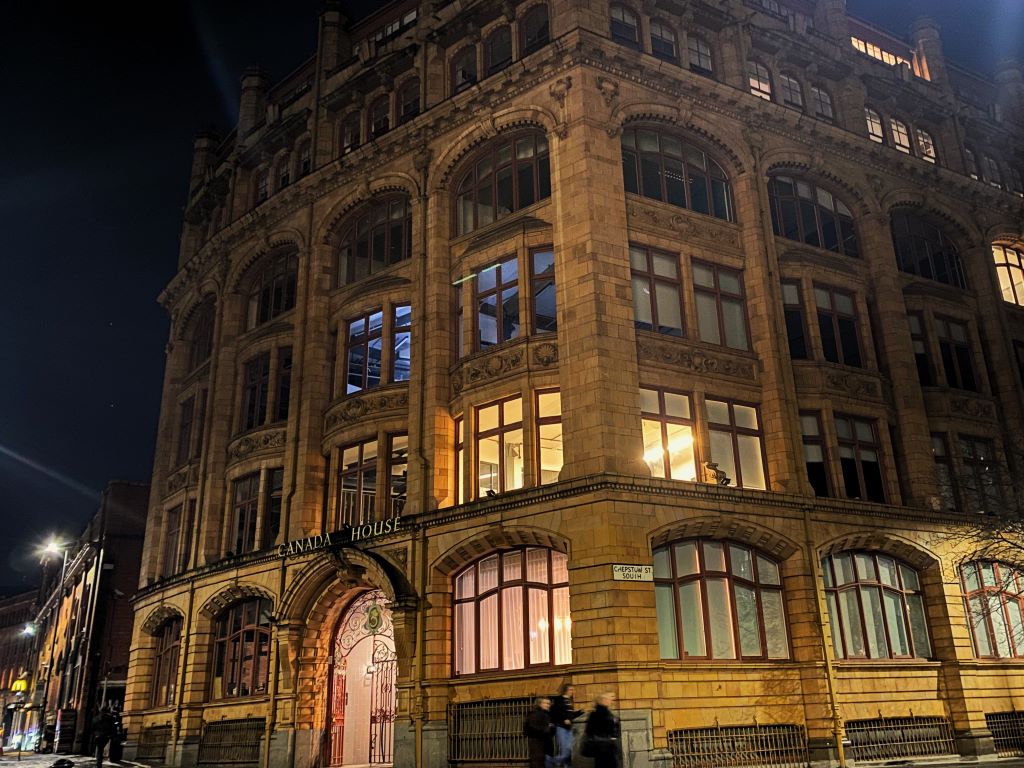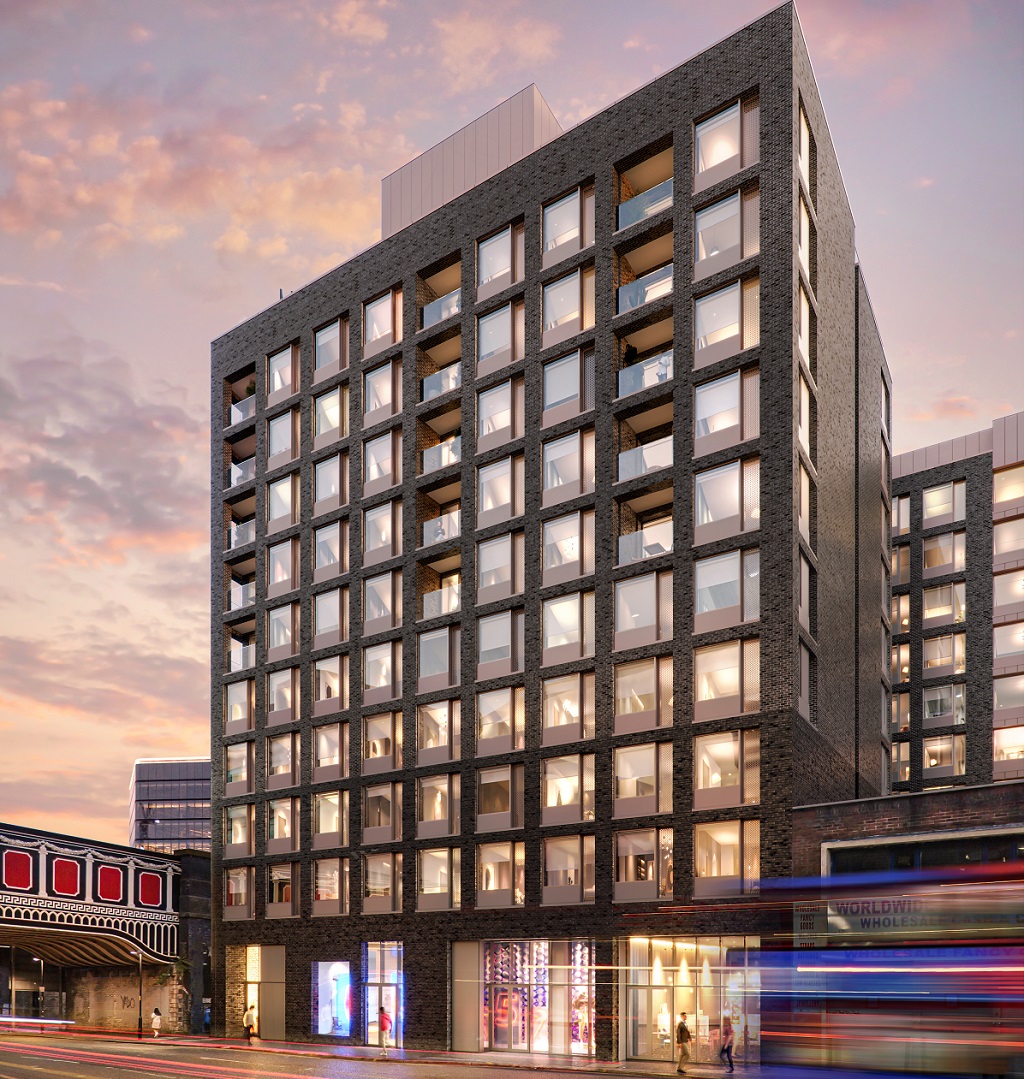Commentary
Generative AI in property – is it worth it?

Claire Locke is commercial director at VU.CITY. Credit: via VU.CITY
Artificial intelligence is taking the world by storm, with almost every industry seeing new tools being created seemingly overnight. The built environment is no different, writes Claire Locke of VU.CITY.
Generative AI is the new hot topic but with so many new tools and the rapid pace of technological growth, it can be hard to decide what tools actually merit investment.
Generative design is software that uses computer algorithms and artificial intelligence to design and create products and solutions. In the built environment, it is being used to generate and explore a vast number of design options on a specific site, evaluating their performance against specified criteria, and iteratively refining the designs to achieve desired outcomes.
We are already seeing generative design technology playing an increasing role in the built environment, with big names like Clarion Housing investing in this technology to help streamline their processes, speed up site feasibility studies, and save money on costly last-minute design changes.
Change in any industry should bring both caution and excitement in equal measures. It can disrupt an industry in both positive and negative ways. Deciding whether it’s a good thing or a bad thing depends on so many factors unique to every business and person. VU.CITY seeks to support positive changes in the built environment using cutting edge technology to visualise accurate data for faster and better decision making.
How is generative AI being used in the built environment right now?
VU.CITY has leaped into the world of AI with our generative design tool called SiteSolve. Our platform leverages the power of algorithms and computational modelling to automate and enhance the design process on sites. Users can input certain goals or constraints that the software will try and meet and respect, designing out the site based on these metrics.
Users can also explore a wide range of possible design solutions and configurations to find the ones that best meet their needs. The technology is helping developers understand the potential of a site, architects are exploring thousands of design options and local authorities are using it to understand site capacity across their borough.
Professionals in the built environment are using generative AI in lots of different ways, but we’ve put together the top trends that we have seen below:
1. Feasibility studies
Feasibility studies have traditionally taken quite some time. Sourcing, aggregating, analysing, and contextualising data at scale and in context is often impossible. With VU.CITY and SiteSolve, users can run feasibility studies in less than an hour. They can explore thousands of design options and configurations and quickly decide if a site is viable.
2. Identifying targets
We’ve seen customers that have specific targets for their project, e.g. whether the main target of the scheme is maximising south-facing apartments, maximising net area or efficiency, or a combination of criteria. SiteSolve will generate designs based on these inputs and allow you to save multiple ideas for the site.
3. Working with generative design
One of the most interesting trends that we’ve seen is that professionals have used SiteSolve as a starting point, allowing the software to generate multiple options and then the user can edit or tweak the design, so rather than being replaced by generative AI, they’re working with it to create designs.
4. In-depth analysis
Professionals are using SiteSolve is to carry out a number of different analyses. Some of the most popular analysis tools that have been used are the primary views function, embodied carbon estimations, and cost data.
While SiteSolve has been a great tool for many, we understand generative AI is not for everyone. Looking more generally, I’ve drawn up pros and cons to help you decide on whether to take the AI plunge.
Pros
1. Increased efficiency
Generative design can help architects and developers explore a large number of design options quickly and efficiently compared to manual design iterations
2. Scalability
It can facilitate the creation of large-scale masterplans that can be adapted to various sites, as the design criteria is updated in just a few clicks
3. Improved Creativity
Generative design can help architects and developers imagine new and innovative design possibilities that may not have been considered using traditional design methods. New ideas can also be explored by pushing boundaries in a safe, cost-effective, and risk-free way – letting you see if an idea works well before any spades are put into the ground.
4. Customisability
Even after the initial designs have been produced by SiteSolve, architects and developers can provide the human element and customise them to a specific brief or site, respecting the cultural context, aesthetic appeal and the local community.
5. Optimisation
Optimise designs for specific goals or objectives, such as efficiency, primary views, or maximising dual aspect apartments to name a few. By analysing vast amounts of data, every design iteration is more tailored to meet these objectives, resulting in more effective and efficient building proposals.
6. Improved collaboration
Collaboration is key to the success of a project. SiteSolve can help architects, developers, and stakeholders visualise design options and variations and communicate clearly in a way that everyone can understand.
7. Better decision-making
Data-driven insights can help inform the decision-making process. This can lead to more informed and effective design decisions that are made quicker and easier.
8. Accessibility
The simplicity of the tools opens up the doors of usability to all, not just technologically advanced individuals.
9. Cost saving
Time is money. If a tool can imitate the built environment in a digital sphere, it can forecast the risks associated with building costs, overshadowing, and environmental impacts. Speeding up the early stage of a project will ultimately save you money.
Cons
1. Maintenance to keep up with building regulations
The output can only be as good as the data it processes, right? If AI algorithms produce similar outputs, the designs could be limited in their flexibility if not constantly updated to keep up with the evolving building regulations.
2. Lack of transparency
The algorithms used by generative AI are complex. This could make it difficult for built environment professionals to understand how the technology has reached certain decisions.
3. Limited contextual understanding
Generative design algorithms operate based on predefined rules and parameters. They do not immediately understand qualitative site constraints, including social issues such as how to preserve existing communities that influence the design.
4. Cost
The adoption of new technology can be expensive. It can mean a significant investment in tech, training, and infrastructure.
5. Ethical considerations
There are huge ethical concerns around issues such as job displacement. Will generative AI take jobs away from humans? Not only that, will it put people off training for jobs in the built environment?
Now you’ve seen some insight into how Generative AI is currently being used and the pros and cons, do you think the pros outweigh the cons? Or vice versa? Let me know your thoughts in the comments below.
- Claire Locke is commercial director at VU.CITY






It can be an assistant, but it will not replace land/development teams in the foreseeable future. A lot of land owners are 55+ and will not deal with a robot negotiating with them. Similarly, it has several pitfalls and requires extensive programming. It will probably mean less people are required on a land/development team, but not replace them.
By 1981